How to Cook, Season & Master Each Surface
The Great Debate: Cast Iron vs. Stainless Steel vs. Griddle Cooking
Cast iron lovers swear by crust and heat retention. Stainless fans rave about responsiveness and pan sauces. Griddle die-hards? They’re cooking breakfast, smash burgers, and fried rice for a crowd in record time. This blog breaks down what each surface does best, practical steps for mastering heat and seasoning, and Big Poppa-approved recipes you can cook tonight.
Feature Comparison Chart
| Feature | Cast Iron Skillet | Stainless Steel (Tri-ply/5-ply) Pan | Griddle / Flat-Top (Carbon Steel/Cast Iron) |
|---|---|---|---|
| Heat Retention | Excellent—stays hot, ideal for searing & oven work. | Good—less mass than cast iron; heats and cools faster. | Excellent across zones; big surface for steady cooks. |
| Responsiveness | Low—slow to change temps. | High—great control for delicate proteins & sauces. | Medium—wide surface with adjustable hot/cool zones. |
| Nonstick Potential | Builds natural nonstick with seasoning and proper preheat. | “Pseudo-nonstick” when properly preheated and oiled. | Develops slick patina over time; excellent for smash & stir-fry. |
| Best For | Steaks, cornbread, chops, blackened fish, skillet desserts. | Pan sauces, sautés, cutlets, veg, eggs (with technique). | Smash burgers, breakfast, fajitas, fried rice, large batches. |
| Seasoning Needed? | Yes—polymerized oil layer. | Optional—build a light patina for stick-resistance. | Yes for carbon steel/cast iron tops; stainless tops are rare. |
| Cleaning | Scrape, hot water, minimal soap. Dry & oil thinly. | Deglaze while warm; soap OK. Barkeeper’s Friend for shine. | Scrape while hot; water/steam to lift; re-oil lightly. |
| Searing Power | Elite crusts thanks to mass and heat retention. | Excellent with proper preheat and dry protein. | Outstanding for many patties/steaks simultaneously. |
| Induction Compatibility | Yes. | Often yes (magnetic base required). | Yes if ferromagnetic; check your model. |
| Oven Use | Yes—handle heat like a champ. | Usually yes—verify handle/rivet limits. | Griddle plates: yes. Large flat-tops: n/a. |
| Learning Curve | Moderate—seasoning & temp control matter. | Moderate—master the water-drop test & preheat. | Low/Moderate—manage zones and crowding. |
How Cook with Cast Iron
Want legendary crusts and oven-safe versatility? Cast iron is your workhorse. It rewards patience and good heat habits.
Why Cast Iron Shines
- Thermal mass: Once hot, it stays hot—perfect for thick steaks, chops, and cornbread.
- Natural nonstick: A well-kept seasoning makes eggs, fish, and pancakes glide.
- Grill-to-oven power: Sear hard, then finish to temp without switching pans.
Cast Iron Heat & Stick-Proofing, Step by Step
- Preheat the dry skillet over medium to medium-high until water skitters.
- Add 1–2 tsp high-smoke oil (avocado, refined peanut, grapeseed).
- Pat proteins dry; season aggressively. We love Big Poppa’s Double Secret Steak for beef, Sweet Money for pork, and Desert Gold for poultry/fish/veggies.
- Lay food down and leave it. Flip when the pan naturally releases.
- Finish thicker cuts in a 400–450°F oven as needed.
Common Cast Iron Mistakes
- Rushing the preheat.
- Overcrowding (steals heat and ends in steaming).
- Soaking in water or skipping the “dry & oil” step after cleaning.
How to Season Cast Iron (Quick Overview)
- Scrub, rinse, and dry fully (2–3 minutes over low heat helps).
- Rub a thin coat of oil everywhere—inside, outside, handle.
- Bake upside-down at 450–500°F for 60 minutes; cool in oven. Repeat 2–3x for a strong base layer. See full seasoning section below.
Recipe Ideas Using Cast Iron
Cast Iron Ribeye with Big Poppa’s Butter Baste
Serves 2
Ingredients- 2 ribeyes, 1–1¼ in. thick
- 2 tsp Big Poppa’s Double Secret
- 2 tbsp high-smoke oil
- 3 tbsp unsalted butter, 3 smashed garlic cloves, 2–3 thyme sprigs
- Preheat skillet until water skitters; add oil.
- Season steaks; sear 2–3 minutes until well browned.
- Flip; add butter, garlic, thyme; baste 60–90 seconds.
- Finish to 125–130°F (medium-rare) in a 400°F oven if needed; rest 5–7 minutes.
Cast Iron Peach Dump Cake
Serves 6–8
Ingredients
- 1 can (29 oz) sliced peaches in juice (do not drain
- 1 box yellow cake mix
- ½ cup (1 stick) butter, sliced
Steps
- Preheat oven to 350°F with cast iron skillet inside.
- Pour peaches with juice into hot skillet.
- Sprinkle cake mix evenly over peaches.
- Layer butter slices across the top; sprinkle seasoning if using.
- Bake 40–45 minutes until golden and bubbling. Serve warm with ice cream.
How to Cook with Stainless Steel Planes
Whether you typed “how to cook with stainless steel planes” or meant pans, you’re in the right place. Stainless is the king of control—fast to heat, quick to cool, and perfect for building sauces right in the pan.
Master the Stainless Preheat (Water-Drop Test)
- Set pan over medium heat for 2–3 minutes.
- Flick in a few drops of water. If they gather into a tight bead and dance, you’re at the “Leidenfrost” sweet spot.
- Add 1–2 tsp oil; wait 10–15 seconds; add food.
Can You “Season” Stainless?
Stainless doesn’t hold a polymerized layer like cast iron, but you can build a light patina that behaves nonstick with the right preheat and a whisper-thin oil film. Many cooks also do a quick oil wipe on a warm, clean pan before storing to encourage ongoing slickness. See the full seasoning section for a simple stainless routine.
Stainless Technique Essentials
- Dry ingredients: Surface moisture = steam = sticking. Pat foods dry.
- Temperature discipline: Medium or medium-high beats blasting high heat.
- Deglaze: After searing, add stock, wine, or water to dissolve fond for pan sauces.
Recipe Ideas on Stainless Steel
Desert Gold Chicken Cutlets
Serves 4
Ingredients- 4 thin chicken cutlets
- 2 tsp Big Poppa’s Desert Gold
- 2 tbsp high-smoke oil
- 2 tbsp butter
- Preheat pan; add oil. Season cutlets with Desert Gold.
- Sear 6-7 minutes per side; remove to a warm plate.
- Looking for internal temp of 160°F
Get the full recipe HERE
Veggie Sauté with Nippon Teriyaki Glaze
Serves 4 as a side
Ingredients- 3 cups mixed veg (broccoli, snap peas, carrots, bell pepper)
- 1 tbsp neutral oil
- 1–2 tbsp Nippon Teriyaki (or your favorite teriyaki sauce)
- Optional finish: sesame seeds, green onion
- Preheat pan; add oil. Stir-fry veg 4–6 minutes to crisp-tender.
- Glaze with Nippon Teriyaki; toss 30–60 seconds. Finish with sesame & onion.
Griddle Cooking 101 (Flat-Top Fundamentals)
Griddles and flat-tops turn your cooking into a high-output flavor factory. You get huge surface area, ultra-even heat, and room to run multiple zones for sear, sauté, and hold—all at once.
Seasoning a Griddle (Carbon Steel/Cast Iron Tops)
- Heat surface to medium-high. Scrub clean if new; wipe dry.
- Apply a very thin layer of high-smoke oil with a folded paper towel and tongs.
- Let it smoke 10–15 minutes until darkens; repeat 2–4 times for a solid base.
- After each cook, scrape, steam if needed, and wipe with a drop of oil.
Zone Management
- Hot zone: Searing proteins, smash burgers.
- Medium zone: Eggs, pancakes, veg, toasting buns.
- Warm/hold zone: Resting and finishing with sauces.
Recipe Ideas for the Griddle
Big Poppa Smash Burgers
Makes 4 double-stack burgers
Ingredients- 2 lb 80/20 ground beef, divided into 8 balls
- 2 tsp Big Poppa’s Little Louie's
- 8 slices American or cheddar,
- 8 sesame buns
- mayo/mustard/pickles
- Neutral oil or beef tallow for the griddle
- Preheat griddle with hot and medium zones; oil lightly.
- Smash 4 balls in the hot zone with a firm press (use parchment under a press). Season with Little Louie's
- Cook 60–90 seconds; scrape/flip; top with cheese. Toast buns on medium zone.
- Stack two patties; dress and devour.
How to Season Cast Iron and Stainless Steel
Seasoning means two related things: (1) polymerizing thin layers of oil into a durable coating (cast iron, carbon steel, many griddles) and (2) building a light patina and slick behavior through proper preheat/oil technique (stainless).
Cast Iron Seasoning—Deep Dive
- Clean & dry: Use hot water and a scrubber. Dry fully (a few minutes over low heat).
- Ultra-thin oil: Wipe on, then wipe almost all off. No drips or tacky spots.
- High bake: 450–500°F, 60 minutes, upside-down on a rack; cool in the oven. Repeat 2–4 cycles for new pans.
- Keep it going: After cooks, scrape clean, rinse quickly, dry, and rub a drop of oil while warm.
Stainless “Seasoning”—Build the Patina
- Preheat dry: 2–3 minutes over medium; confirm with the water-drop test.
- Film of oil: 1–2 tsp; wait 10–15 seconds.
- Cook & deglaze: Leave fond; deglaze to clean without scouring away that micro-patina.
- Optional oil wipe: While warm and clean, wipe with a drop of oil before storage.
Tips for Cleaning and Care
Cast Iron
- Scrape while warm; add a splash of hot water to loosen bits.
- Soap is okay sparingly; rinse, dry over low heat, and oil lightly.
- Rust? Scrub, dry, and re-season with a couple of oven cycles.
Stainless Steel
- Deglaze warm pans with water/stock to lift fond.
- Use regular dish soap and a non-scratch pad.
- For rainbow tints or stains, a stainless cleaner (e.g., BKF) restores shine.
Griddle / Flat-Top
- Scrape while hot; add a splash of water to steam up stuck bits.
- Wipe clean; re-oil with a thin film to prevent rust.
- Every so often, do a short seasoning cycle to refresh the surface.
Which Tool for Which Job (Real-World Picks)
Weeknight Wins
- Stainless: Cutlets, veg sautés, shrimp, and quick pan sauces.
- Griddle: Smash burgers and quesadillas for the crew.
- Cast Iron: One-pan chicken thighs, steak night classics.
Show-Stopper Sear
- Cast Iron: Thick steaks and chops with butter baste.
- Griddle: Multiple steaks at once without losing heat.
- Stainless: Crisp skin salmon + white wine pan sauce.
Flavor Boosters
- Big Poppa’s Double Secret Steak for beef.
- Sweet Money for pork & cornbread.
- Desert Gold for poultry, fish, veg.
- Jalapeño Lime for breakfast hash & tacos.
- Nippon Teriyaki for glossy stir-fries.
FAQ: Cast Iron, Stainless & Griddle Cooking
What’s the fastest way to stop food from sticking to stainless?
Preheat until water beads and dances, add a thin oil film, then add dry, seasoned food. Let it release naturally before flipping. Deglaze after searing to clean and build sauces.
Do I really need to season cast iron?
Yes. Seasoning creates a hard, slick coating that improves browning and stick-resistance. Build it with thin oil layers baked hot, then maintain with a light oil wipe after each cook.
Can I use soap on cast iron?
Sure—sparingly. The polymerized seasoning is tougher than you think. After washing, dry over low heat and rub on a drop of oil while warm.
How do I fix a splotchy griddle surface?
Cook through it. Keep scraping and oiling lightly after each session. If needed, do a quick re-season: thin oil coat, heat until smoking, and repeat.
Which pan is best for beginners?
Stainless for control and quick sauces, cast iron for elite sear and oven finishes, and a griddle for high-volume, high-fun cooks. Start with what you’ll use most and add the others as your cooking evolves.
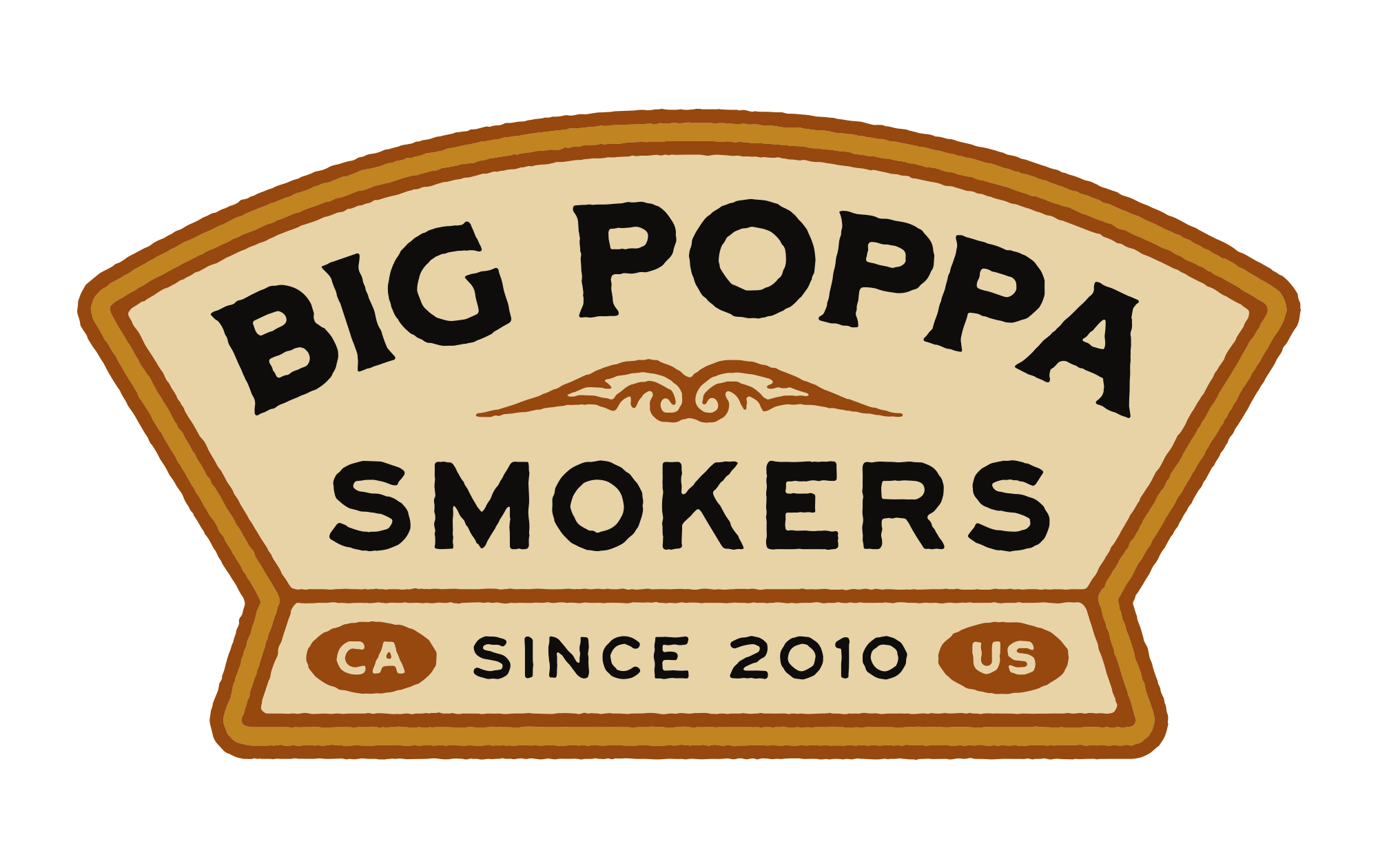

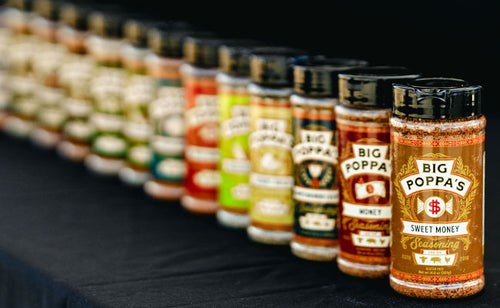
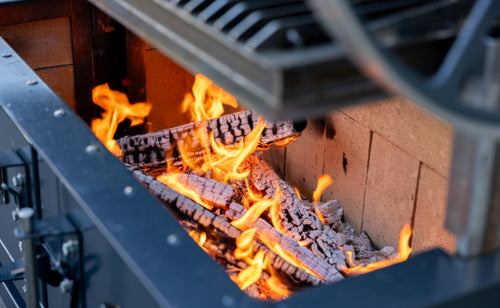
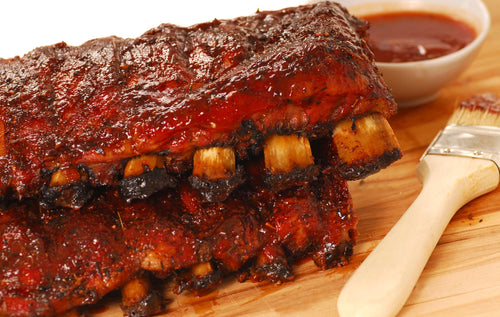
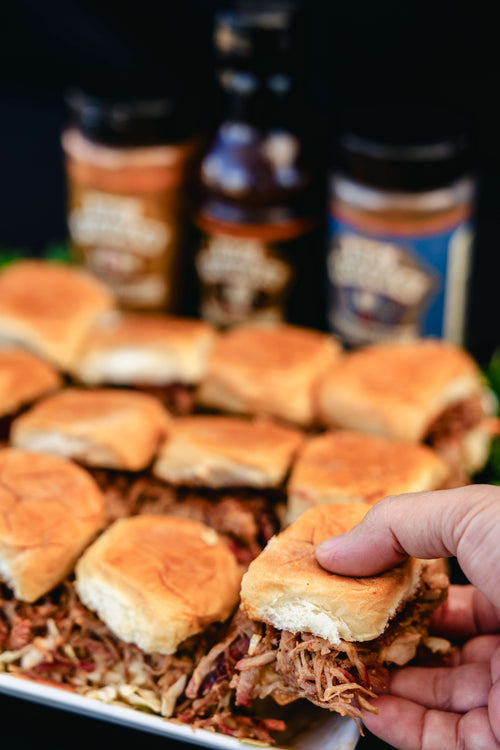











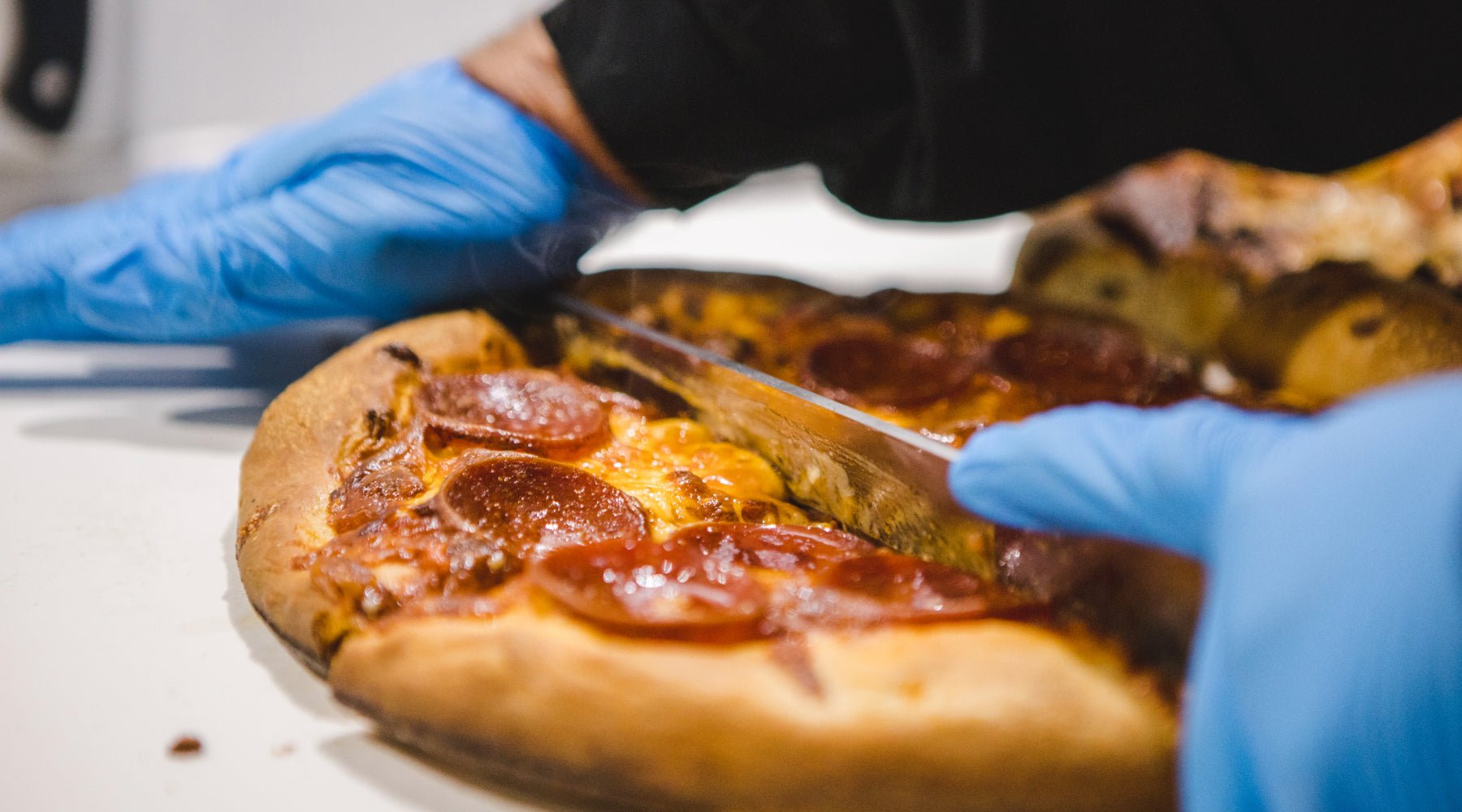
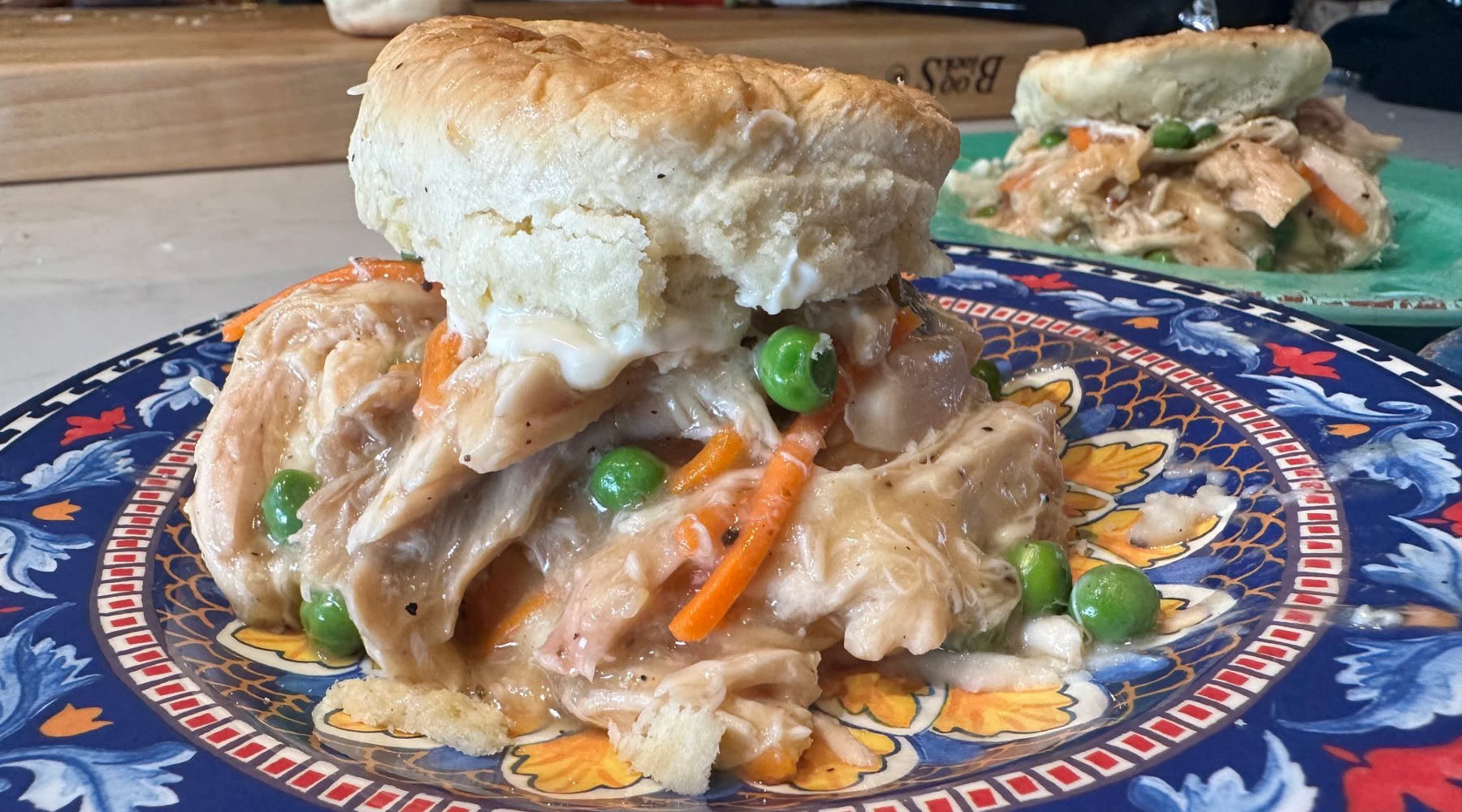
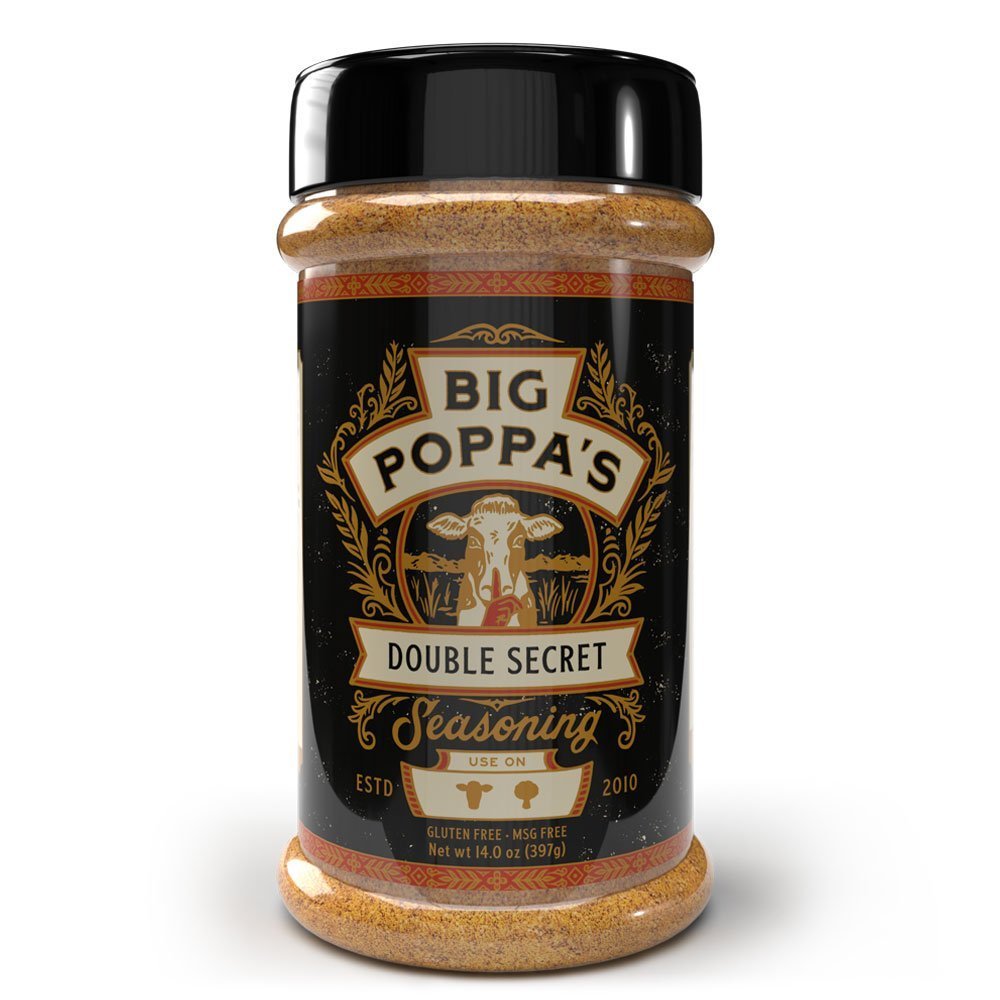
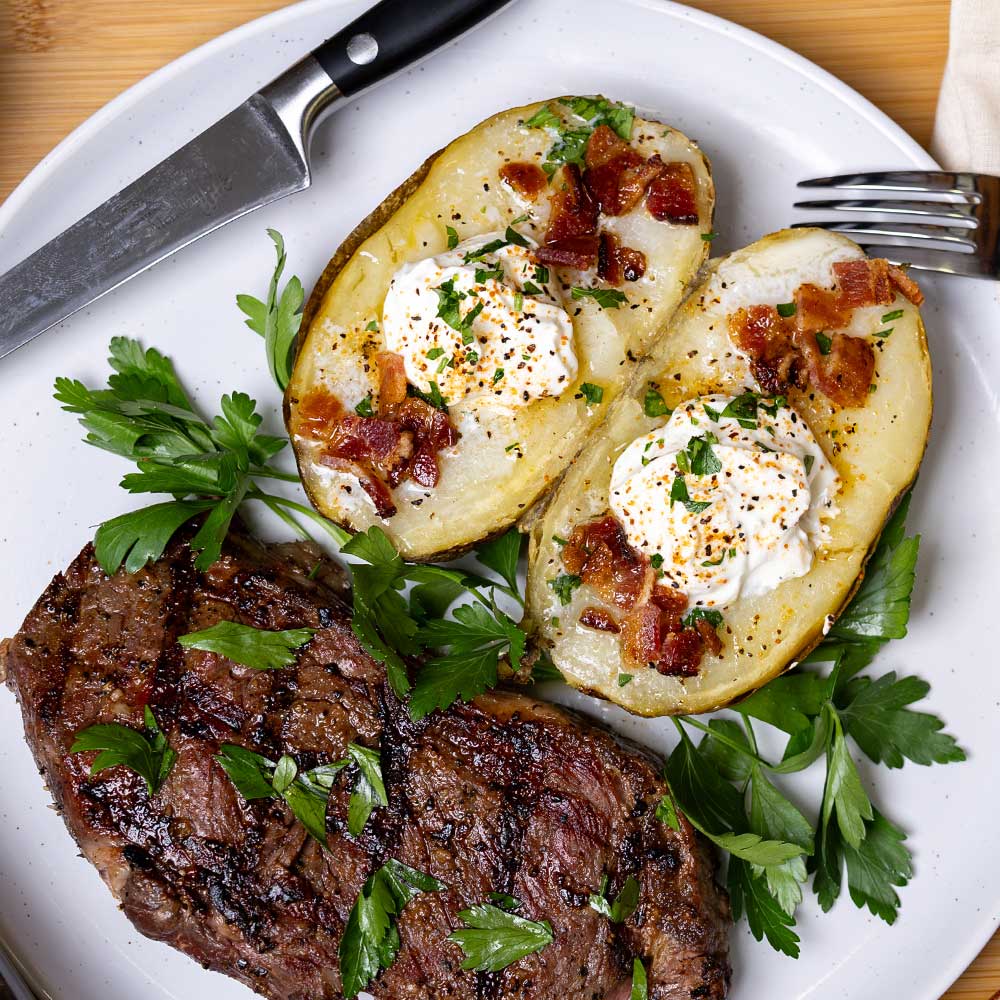
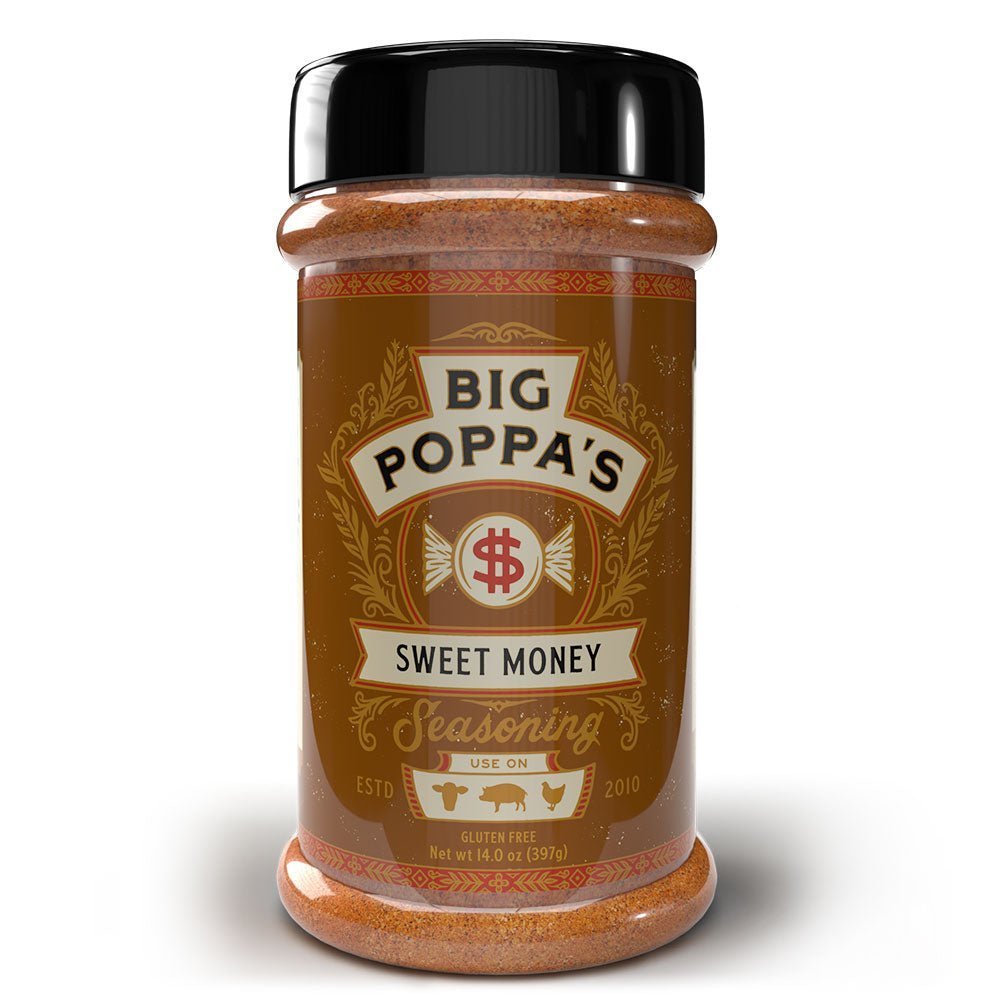
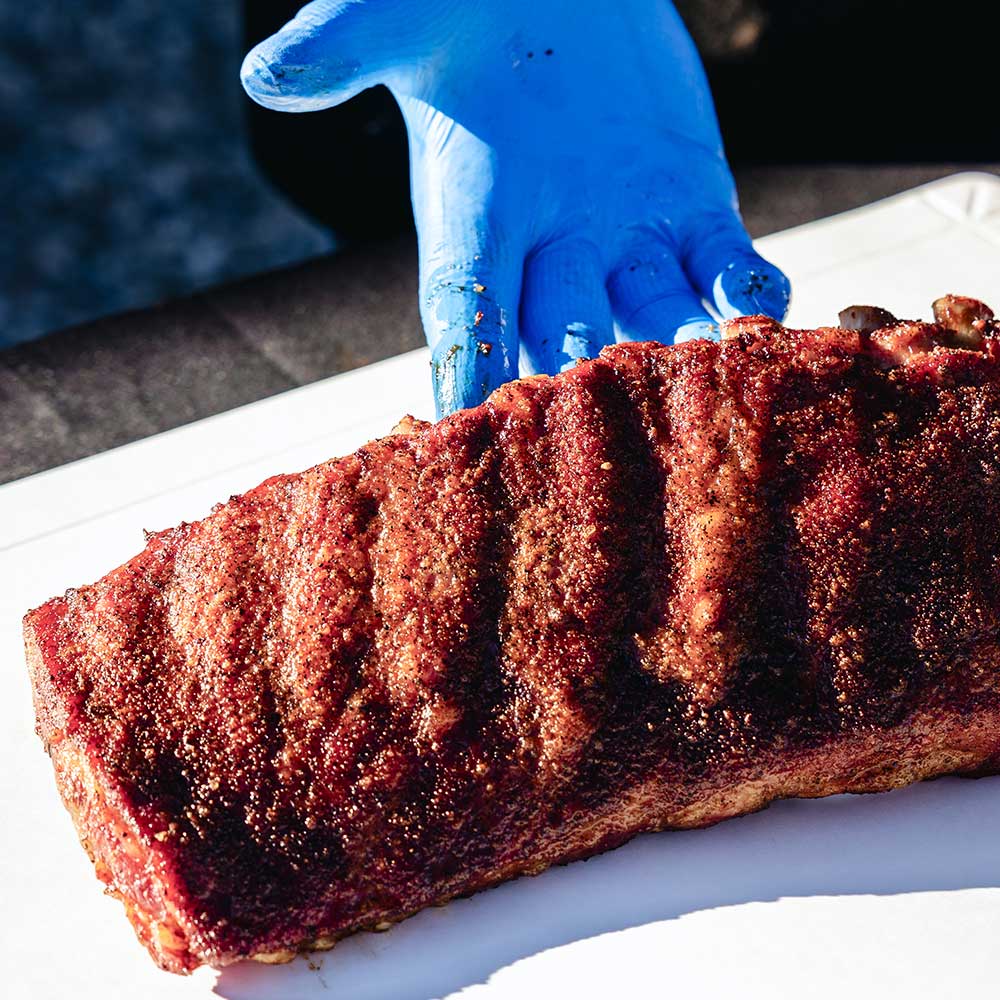
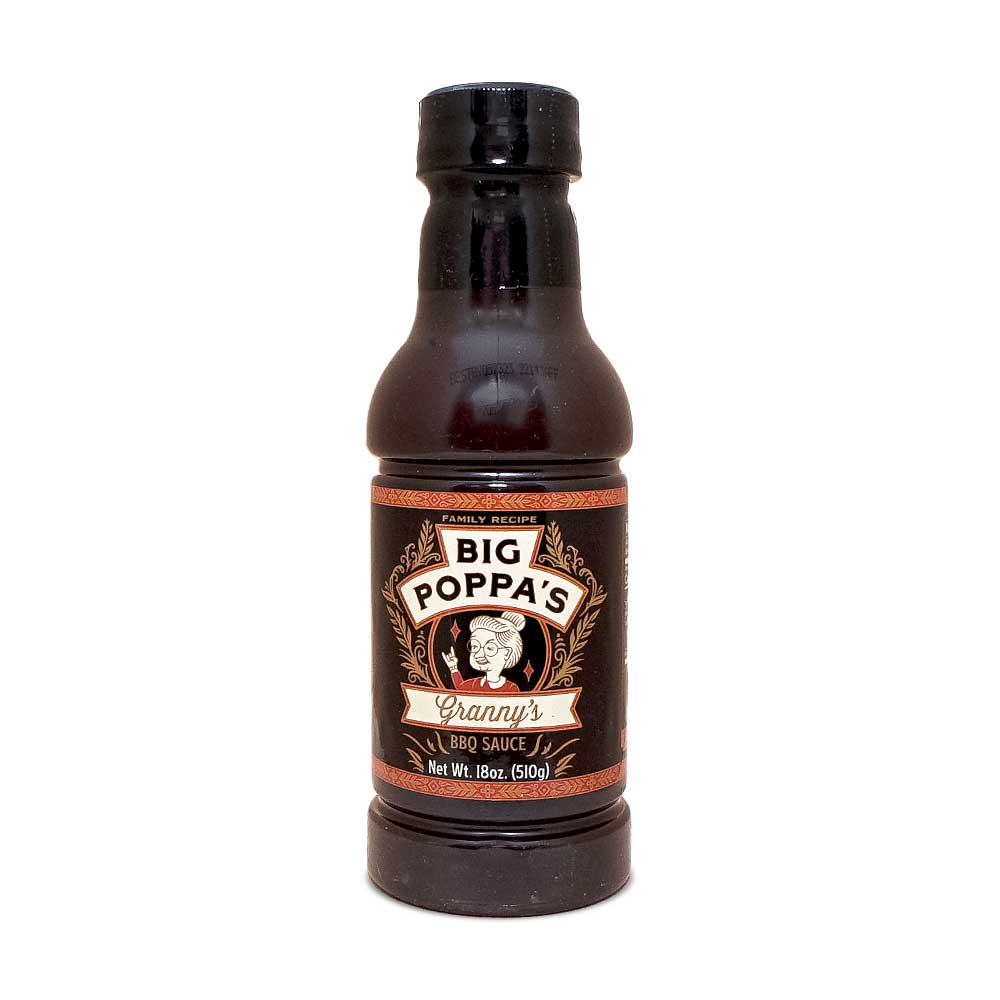
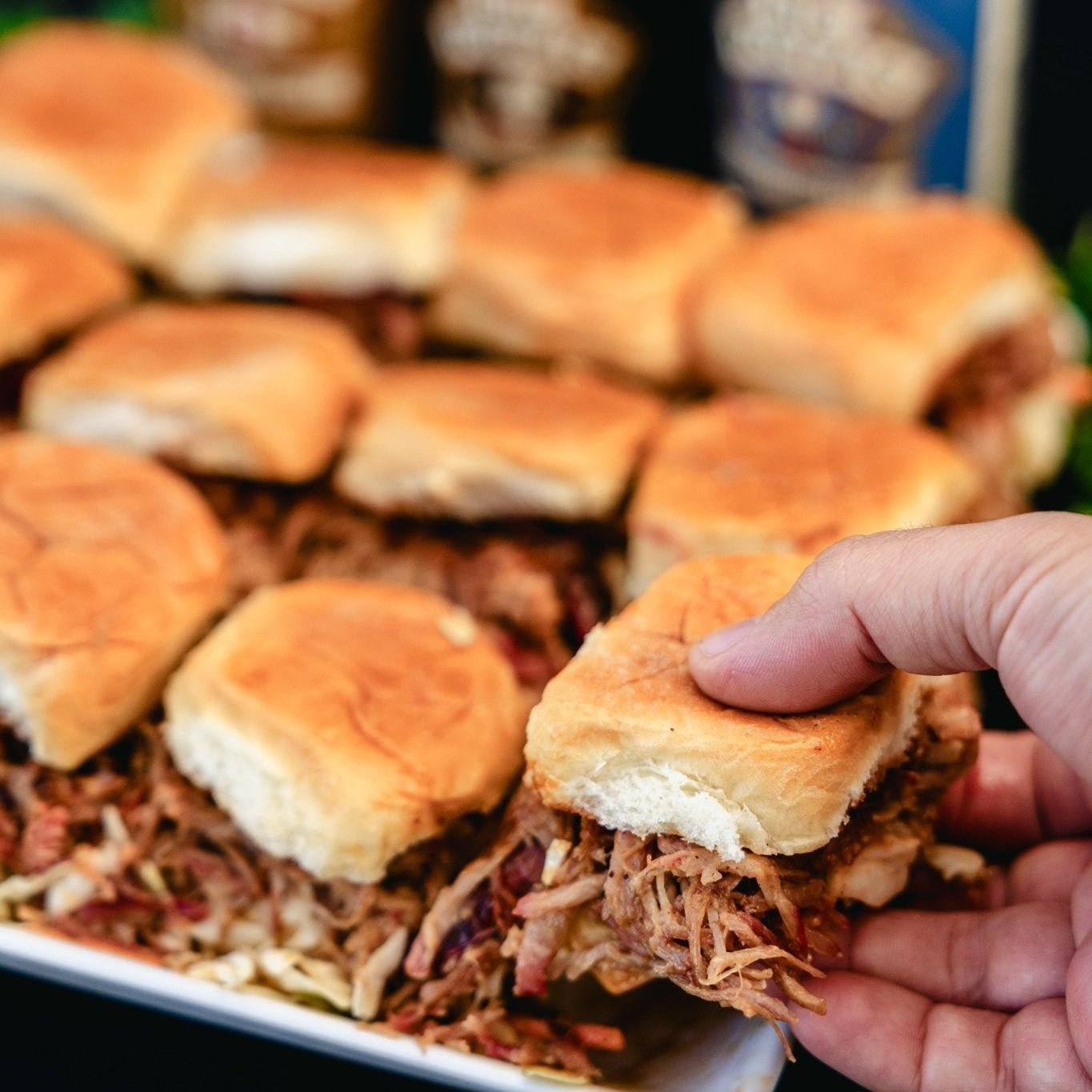
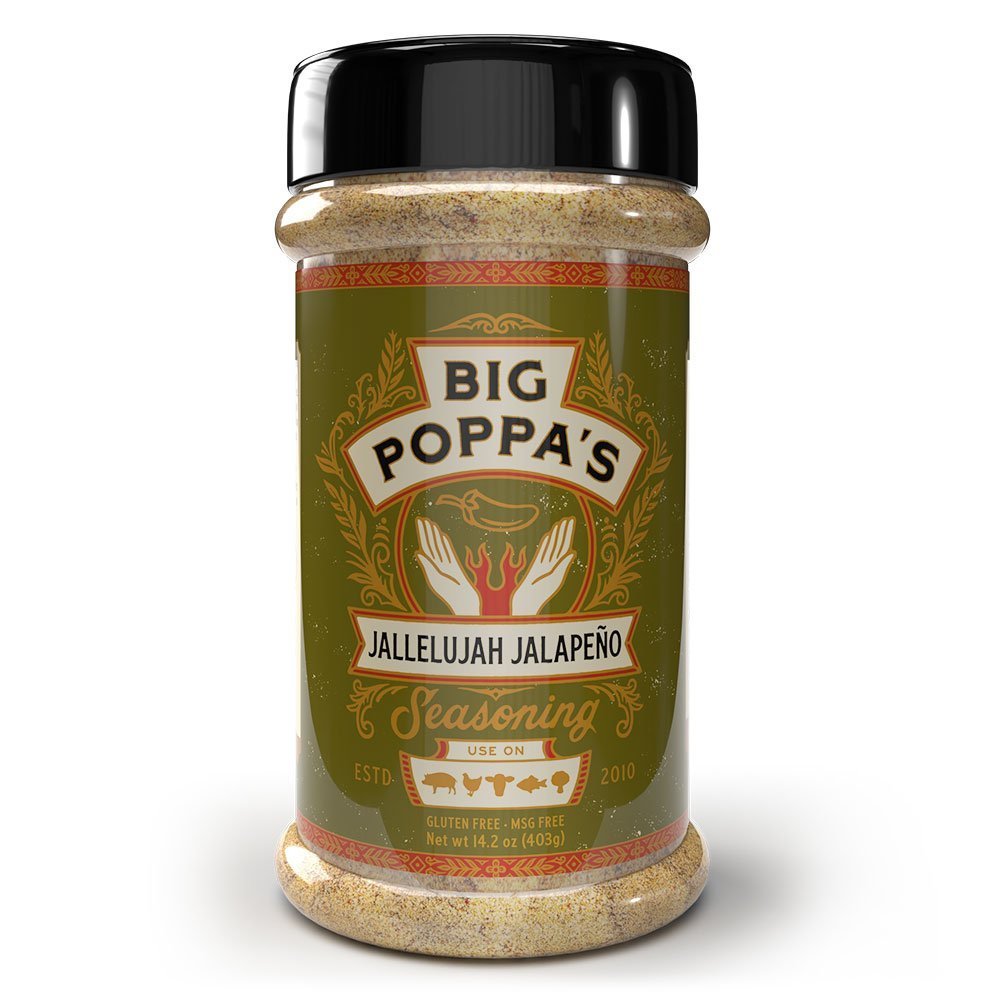
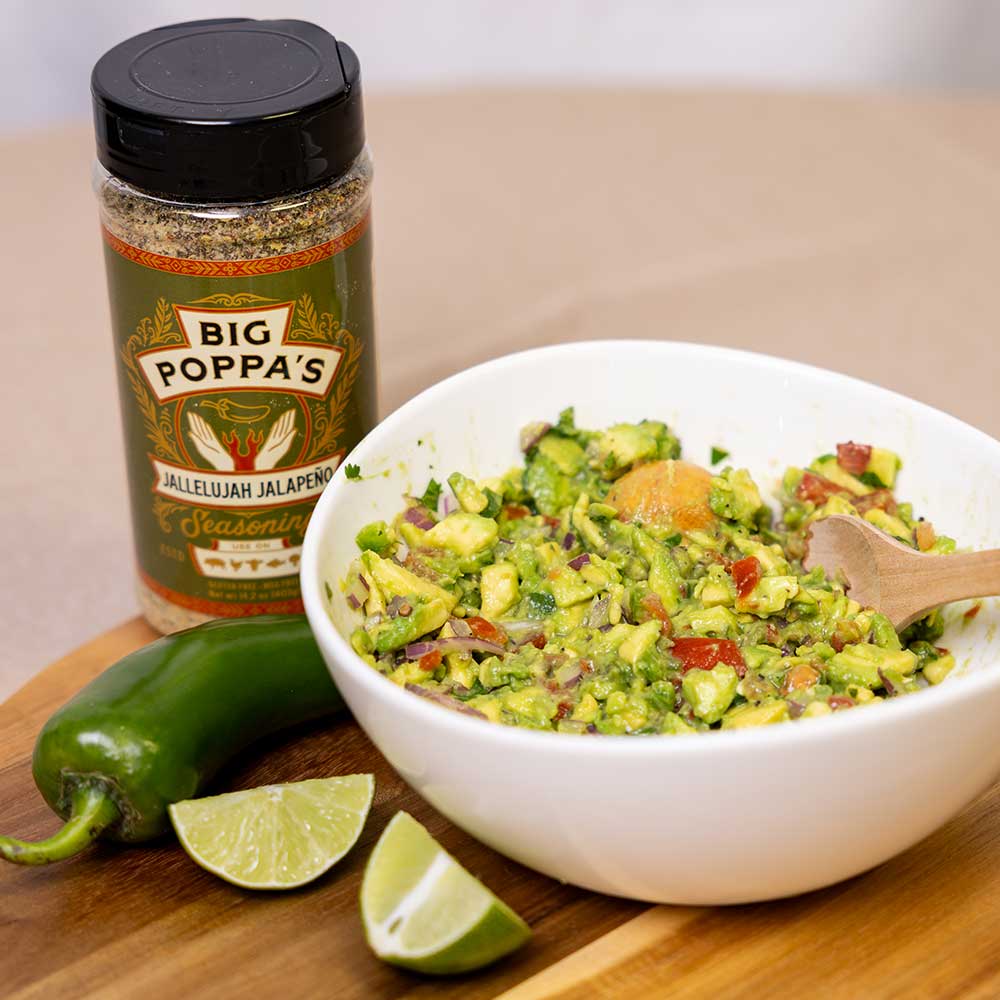
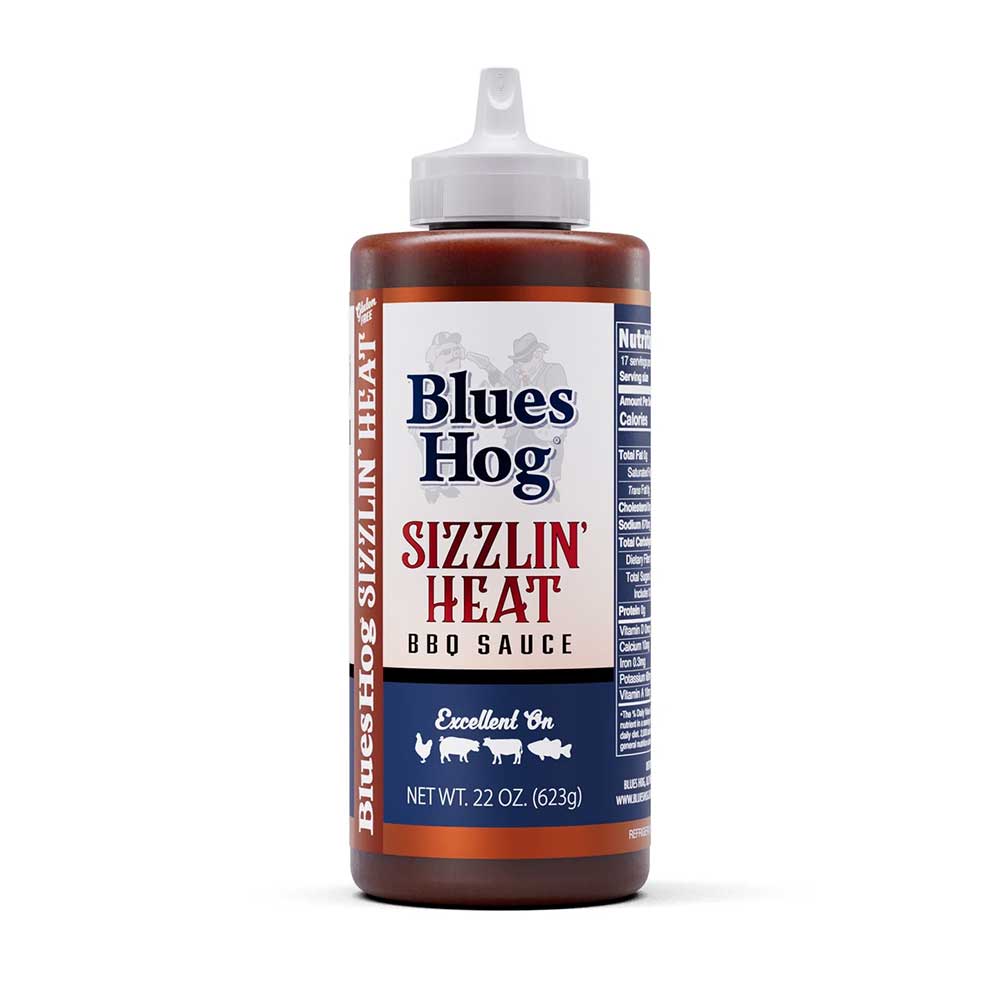
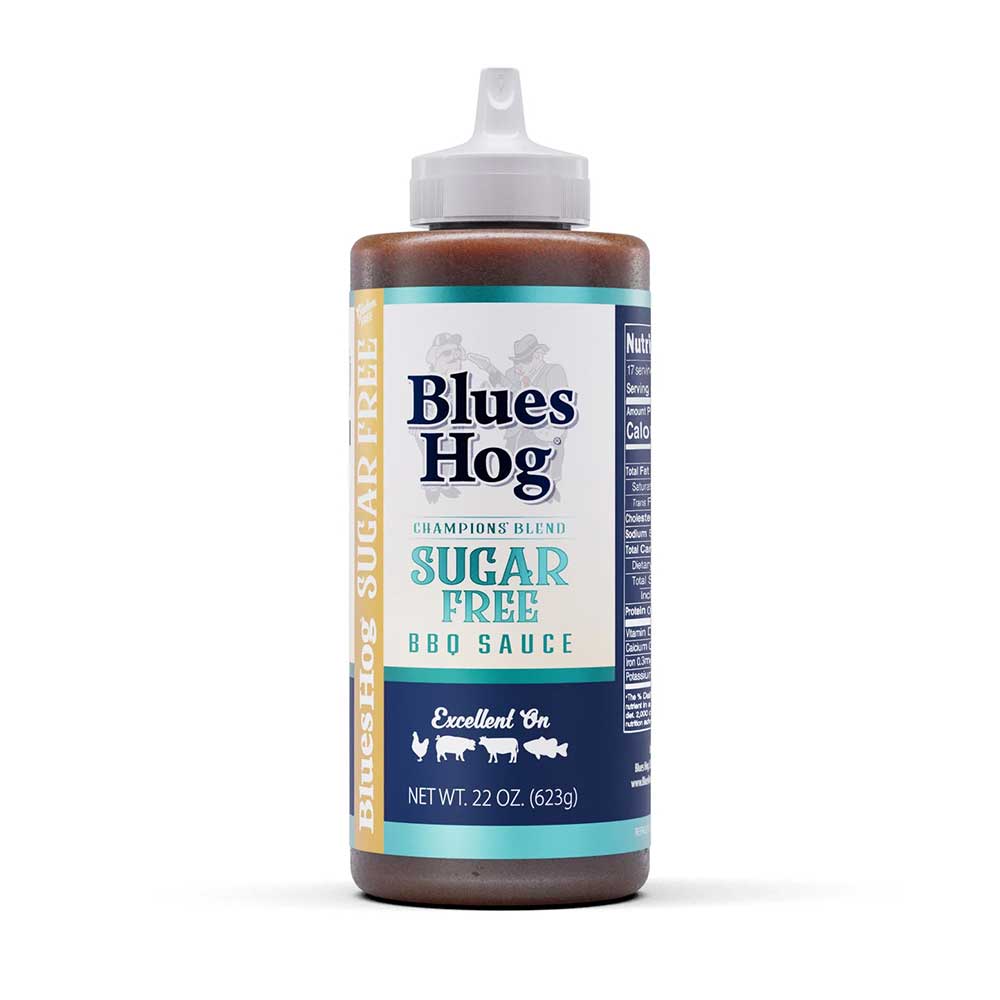
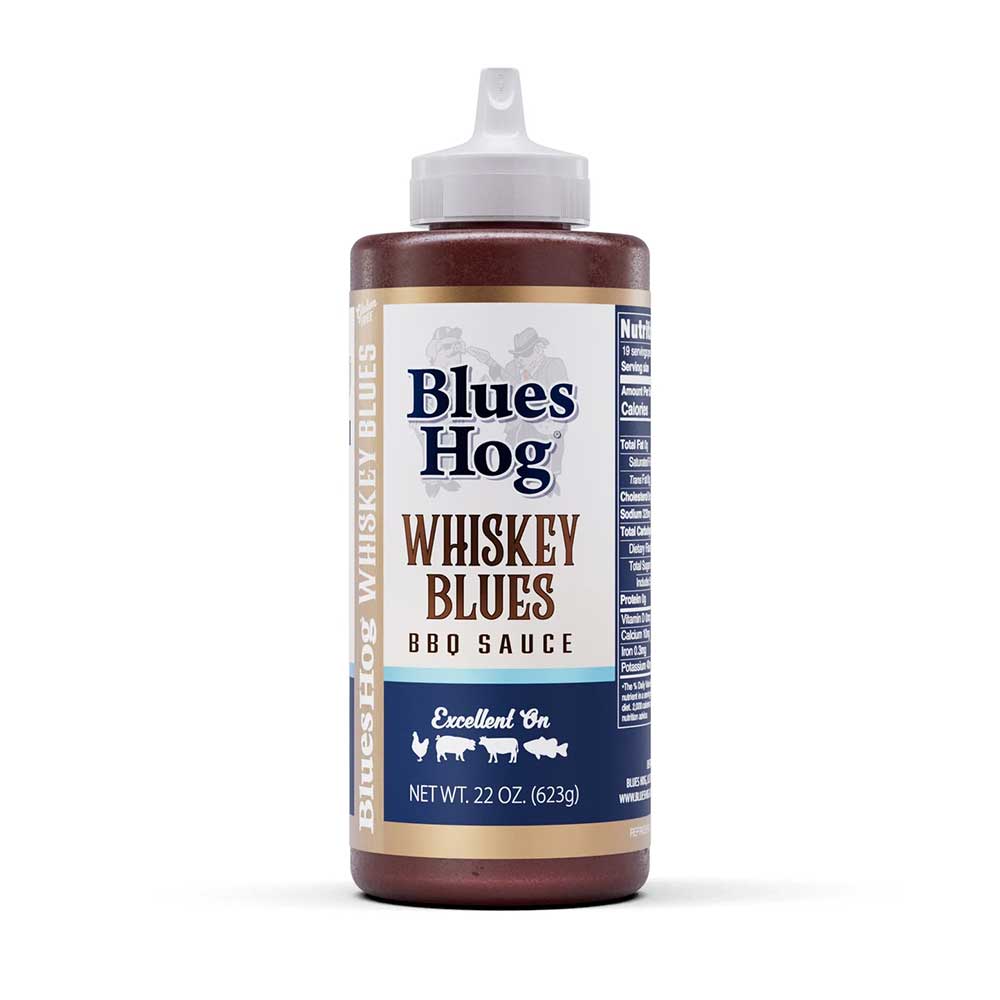
Leave a comment
This site is protected by hCaptcha and the hCaptcha Privacy Policy and Terms of Service apply.